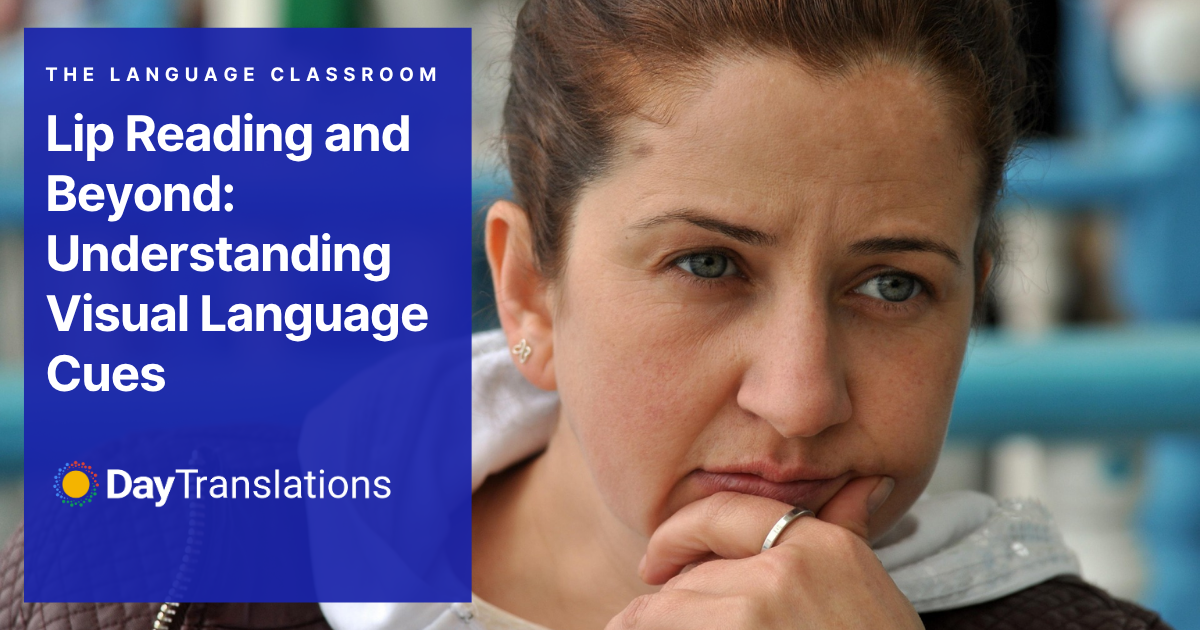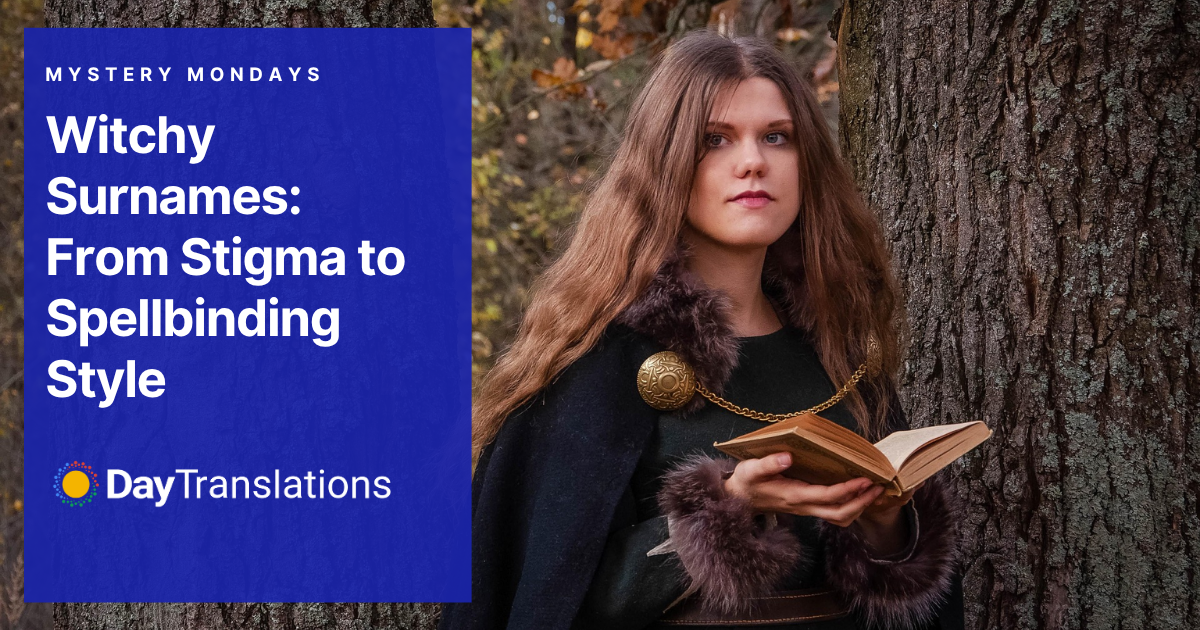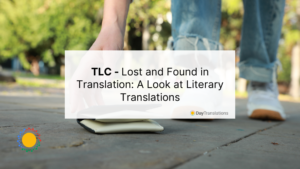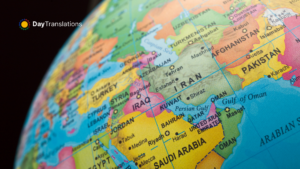Welcome back to The Language Classroom, where we explore the magic, mystery, and mechanics of human communication. Last time, we uncovered the playful genius behind children’s secret languages; this week, we’re shifting from sounds to sights.
Let’s talk about the visual side of language.
From raised eyebrows to pursed lips, from frantic hand gestures to the subtle shape of someone’s mouth, visual cues are a massive part of how we understand one another. In fact, you might be surprised at how much we rely on what we see, not just what we hear.
This week, we’re tuning into lip reading, facial expressions, body language, and the silent but powerful world of visual communication.
More Than Words: Why Visual Language Cues Matter
Spoken words get a lot of credit, but they don’t do all the work.
Experts estimate that up to 70% of communication is non-verbal. That means much of what you understand in a conversation comes from how someone says something, not just the words they use.
Visual language cues help us:
- Catch the meaning when the audio is unclear
- Read emotions even when no one’s speaking
- Fill in gaps during noisy situations
- Communicate across language barriers
These cues are especially vital for people who are Deaf or hard of hearing, but everyone benefits from them, especially in today’s video call-heavy world.
What Is Lip Reading?
Lip reading, or speechreading, is the skill of understanding spoken words by watching the movements of a person’s mouth, face, and body.
People who lip-read:
- Pay close attention to mouth shapes, tongue position, and lip movement
- Use context to help guess the right words
- Watch for facial expressions and gestures to get extra clues
But here’s the twist: lip reading isn’t easy. Many sounds look the same on the lips. For example:
- “B” and “P” look very similar
- “Mat” and “bat” might be indistinguishable
This is why lip readers use everything visual, not just lips, to piece together meaning like language detectives.
Beyond the Lips: Other Visual Tools
Lip reading is just one part of a larger puzzle. Here are other crucial visual language tools:
Facial Expressions
A smile, a frown, raised eyebrows—these tiny muscle movements carry a lot of meaning. We use them to detect sarcasm, joy, confusion, or even lies.
Body Language
Gestures, posture, and hand movement help signal emphasis, mood, or intent. Think of how a shrug can say “I don’t know” without a single word.
Sign Languages
Languages like American Sign Language (ASL), South African Sign Language (SASL), or British Sign Language (BSL) are full visual languages with their own grammar and syntax. They don’t rely on spoken words at all but are fully expressive and rich in meaning.
Eye Contact and Gaze
Where someone is looking (or not looking) can completely change how we interpret a message. Direct eye contact can show confidence or aggression, depending on culture.
The Science Behind Seeing Speech
Your brain is a master decoder.
It actually combines auditory input (what you hear) and visual input (what you see) to build your understanding of speech. This is called multisensory integration.
Ever heard of the McGurk Effect? It’s a wild brain trick where mismatched audio and visuals cause you to “hear” something different than what’s actually being said.












Sorry, the comment form is closed at this time.